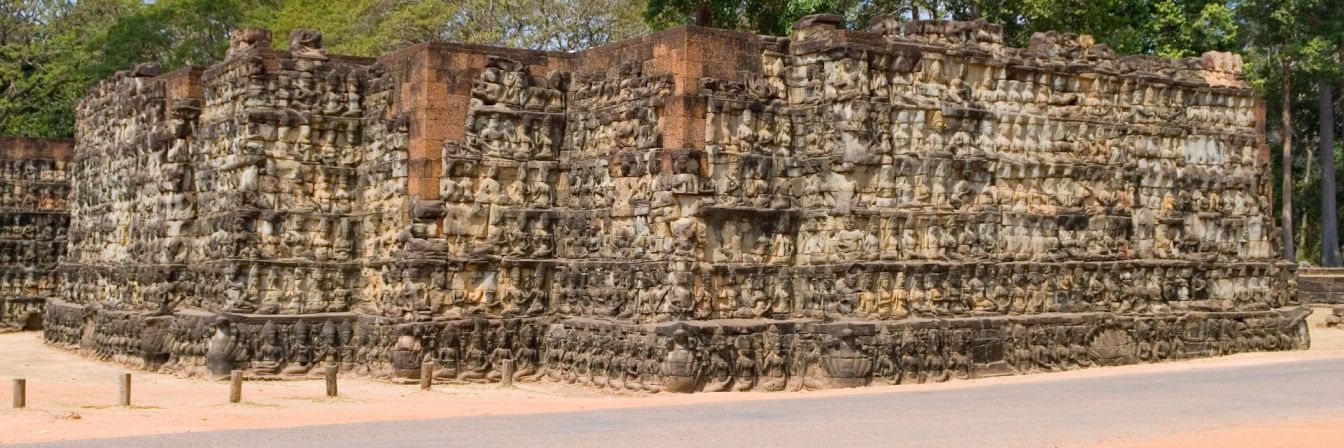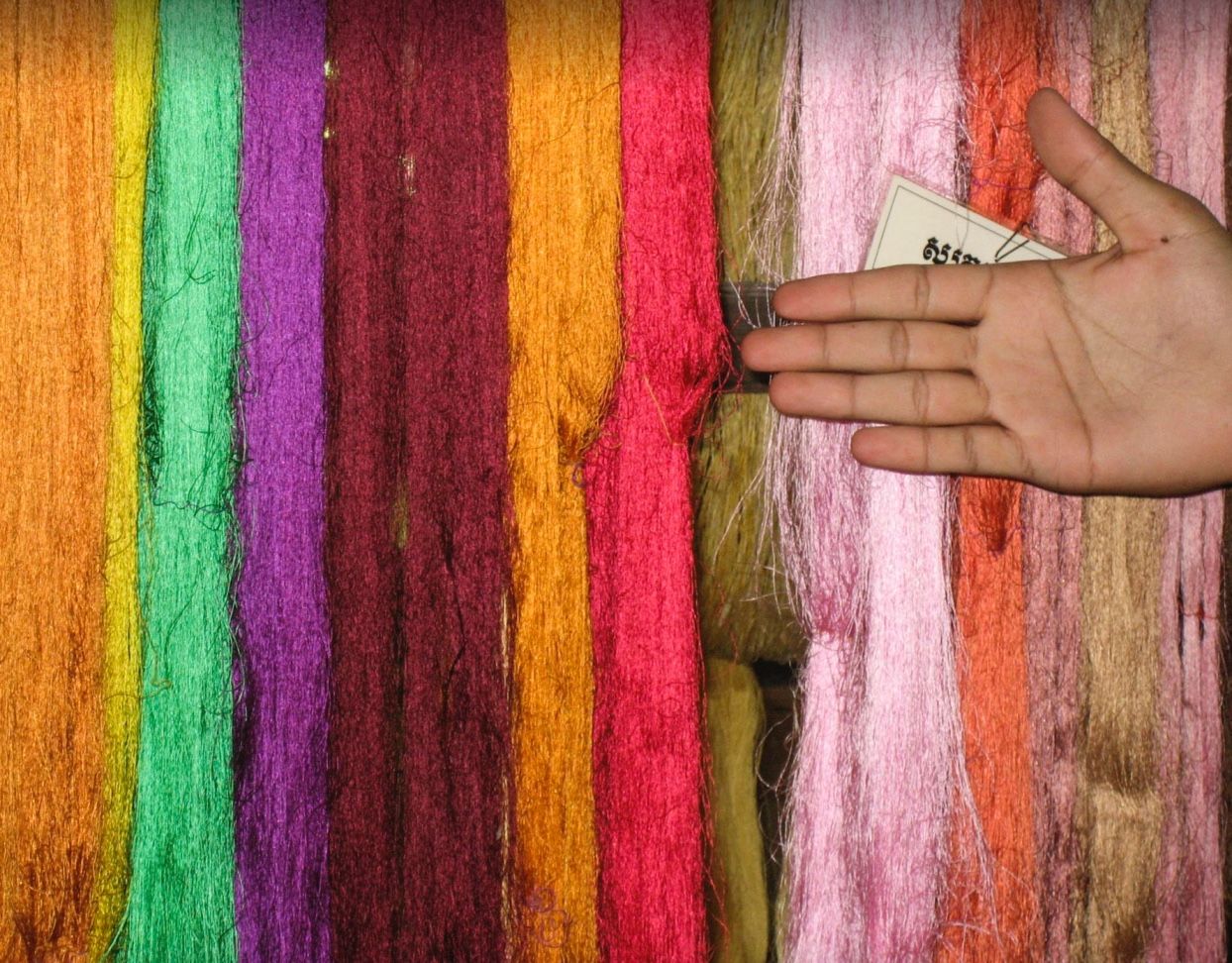Arts and Crafts of Cambodia: The Royal Khmer Art
Traditional Cambodian handicrafts and arts include silk weaving, stone sculpture, wood carving, marble and pottery arts, wall murals at the Angkor Wat temples, baskets made from straw and bamboo, and kite making.
Immerse yourself in the best experiences Cambodia has to offer with our thoughtfully designed trip that caters to the needs of most discerning travelers, check out Cambodia private tours

What are the handmade arts & crafts in Cambodia?
Authentic Khmer handicraft and arts products include a variety of materials, each contributing to Cambodia’s rich cultural heritage.
- Wood
- Ceramics
- Silver crafting
- Natural fibers
- Stone carving
- Leather craftsmanship
- Brass and bronze work
- Jewelry and accessories
History of Cambodian Art
Khmer arts of any kind dates back to the Angkor period, the crafts work in the massive temples of Angkor Wat and the Bayon at Angkor Thom, showcase the power of Angkor and the grandeur of its architecture and decorative art. The unparalleled achievements in art, architecture, music, dance, and crafts during this period set the foundation for later cultural development in Cambodia. Today, the arts and crafts of Cambodia reflect this long history. Among them, the following three periods are the most significant.
The Khmer Empire (802 to 1431) was the heydays of the Khmer traditional art works, the craftmanships flourished in the area around Angkor Wat complex. After the empire’s fall, people abandoned these sites, and sites and artworks all have been covered by the lush forest, allowing large architectural structures and stone carvings to survive to this day.
Khmer arts during the colonial period
In pre-colonial Cambodia, skilled artists created works for the Royal Palace, while rural non-specialists also produced various crafts. Traditional Cambodian arts and crafts include textiles, non-textile weaving, silversmithing, stone carving, lacquerware, ceramics, wat murals, and kite-making. In modern Cambodia, many artistic traditions declined or disappeared, but the country has experienced a recent artistic revival.

Modern art & crafts in Cambodia
What are the arts and crafts in Cambodia?
Cambodian arts and crafts showcase incredible richness and culture based styles. From the intricate stone carvings of the Angkor period to the exquisite silk weaving, Khmer art stands out as one of the most diverse in Asia. Today, Cambodian art appears not only in monuments, temples, and museums but also in traditional workshops that provide visitors with a fun and interactive way to explore Cambodian arts and crafts. Here are the highlights;
Khmer silk waving
Craftsmen carve copper plates to create sculptures, bowls, swords, bracelets, and other souvenirs. Copper swords are traditionally used in weddings, and copper hammers and bracelets have become popular things to buy among tourists.

Dancing & Music

Painting and Sculpture Carving
For thousands of years, stone carving has thrived in Cambodia’s art and craftmanship, from small statues crafted by local artisans to the breathtaking carvings at Angkor Wat and Angkor Thom. This art form remains one of the country’s most treasured traditions, serving as both a passion and livelihood for Cambodian sculptors.
The Khmer, honor wooden statues of the “God of the house” and use Buddha statues and carved wooden boxes for decoration. Many local shops now offer finely crafted wooden pieces as souvenirs for visitors.
Where to authentic Buy Art & Craft products in Cambodia
Cambodia’s arts and crafts are now widely available. With the growth of tourism, you can find these items easily, especially in major cities. like Siem Reap Angor area,Phnom Penh Recommended places to shop for art and craft products include:
- Local Markets and Shops
- Visiting artisan villages
- Cultural exhibitions and museums
- Rehab Craft Cambodia
- Peace Handicraft Shop
- Village works – Phnom Penh Handicraft Shop
- Watthan Artisans
- Jasmine Boutique
- KNN Cambodia Arts & Crafts
Traditional techniques following by authentic crafts are made using generational techniques. Look for handcrafted details like variations in texture, color, and pattern, along with slight imperfections that add character.
Quality materials, the genuine Cambodian crafts use high-quality, locally sourced materials like silk, silver, wood, and stone. Examine the durability and craftsmanship to ensure authenticity.




